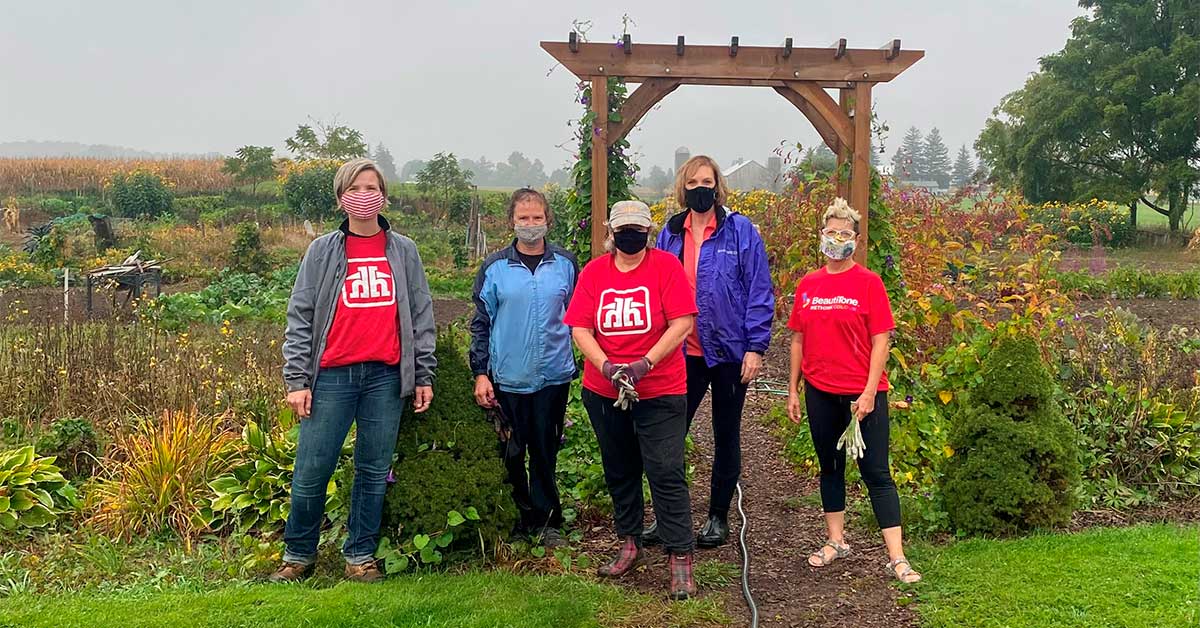;
;
;
Next Article
Home Hardware’s business practices win accolades

Potato farmers in PEI wondered if their country was throwing them under the bus in November, when the federal government closed potato exports to the US. That’s normally the industry’s busiest export season – in 2020, a little over $103 million worth of PEI potatoes headed south, with much of that m
Last updated on May 03, 23
Posted on Feb 03, 22
2 min read
